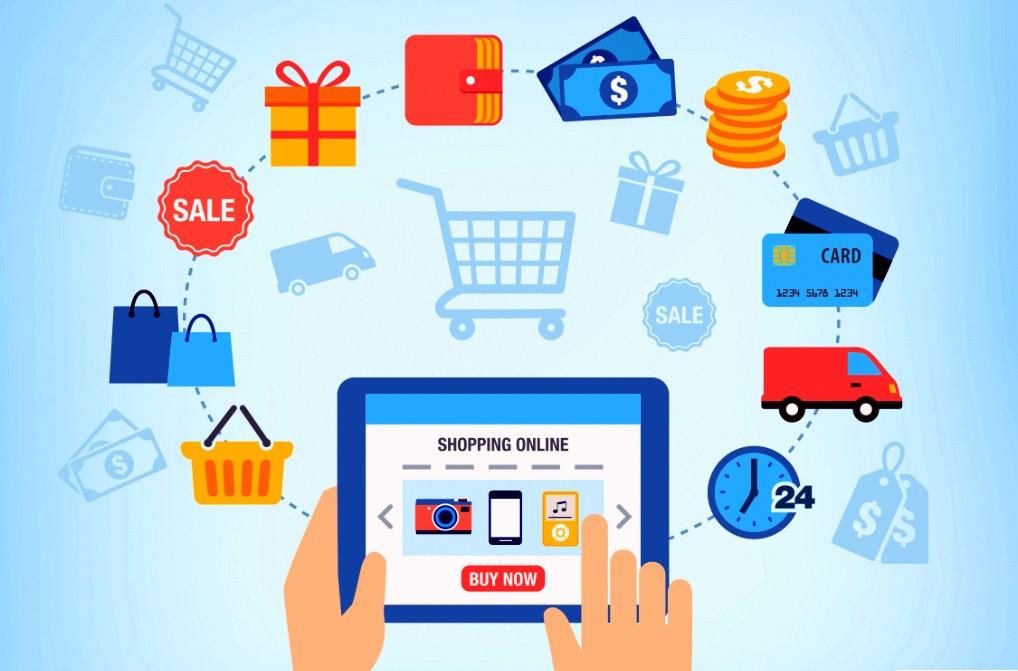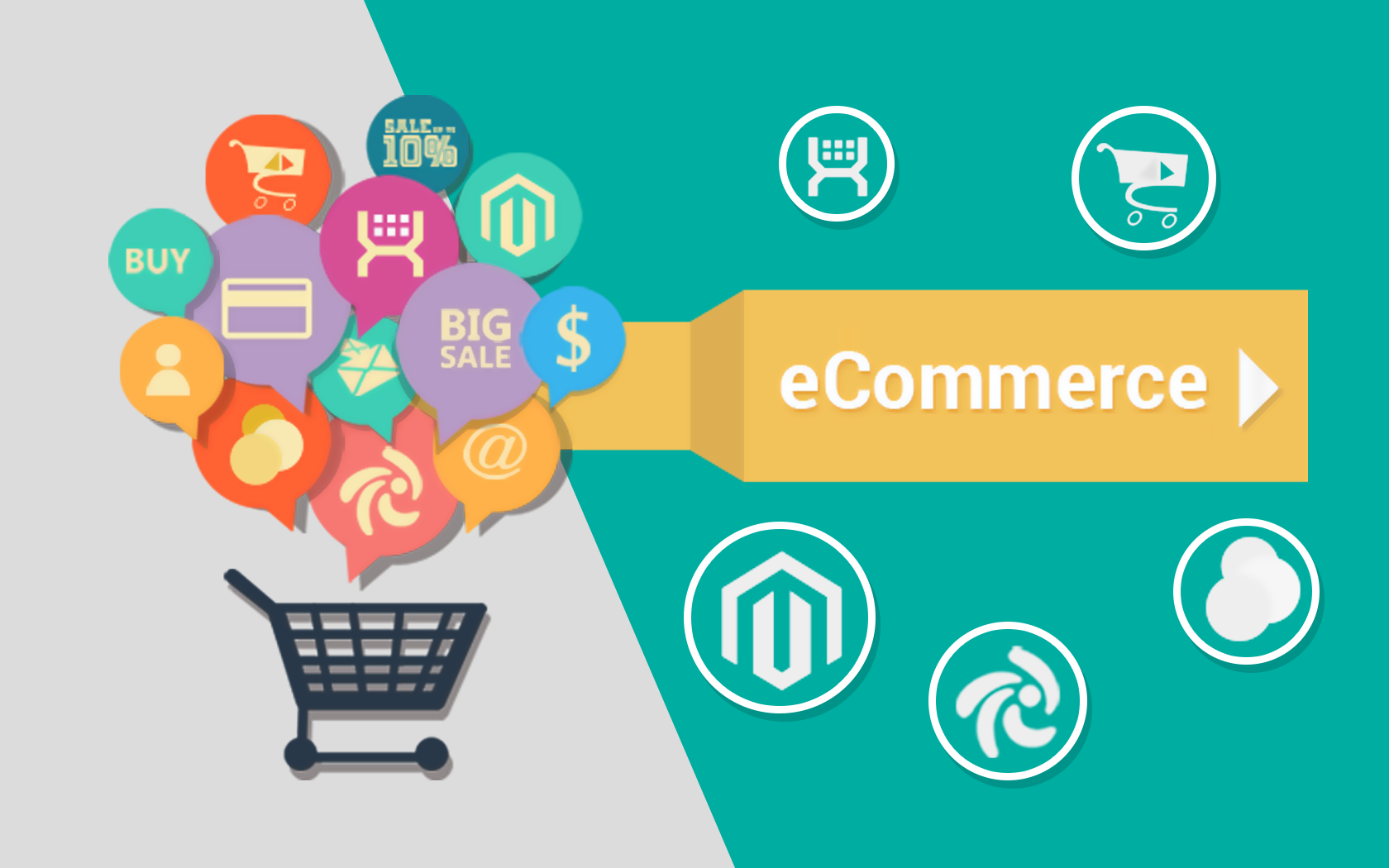E-commerce platforms have dominated the Internet landscape for years now – since our tech made them possible, they’ve quickly proliferated and drove many traditional shops out of business. Now, they make up a large and integral part of the shopping market, and the data shows they are getting bigger and bigger. It is not only big businesses that have a stake in the e-commerce business but, rather, increasingly, small businesses and self-employed people also use these platforms to sell services, products, and merch – for example, platforms like fourthwall.com enable YouTubers to effectively tie in their YouTube channel to an e-commerce shop. This is a trend we are seeing all across the internet, and you need to learn how to effectively manage an e-commerce platform if you want to succeed.

#1 Try to Stand Out
While the proliferation of e-commerce is presenting a great opportunity, it also presents a lot of challenges. The market is more crowded than ever and trying to get a slice of the pie won’t be easy. You need ways to help you stand out from the millions of other e-commerce platforms out there:
- Building a brand: building a name for yourself on the interwebs is very important – people nowadays have little time to look for new shops and merch stores to buy stuff from. You need a way to embed your store’s name and web address into potential clients’ minds if you want to have regular customers. One way to do this is by brand building. Having a catchy name and stylish logo and plastering it all over the internet will help you get a lot of clients.
- The website’s design is also a chance for you to stand out. It is really easy to set up a generic e-commerce platform, a tech-savvy person can do it in an hour, but do you really want that? Most studies show people judge a website in the first second, and the design is what makes a person stay or look for another website.
#2 Know Your Customers
Know thy customers would be one of the maxims that would be inscribed on an imaginary temple for marketing – it is absolutely vital to know who are your customers, why are they visiting your website, and how they interact with different products and services.

Thankfully, you can easily document your customers’ behavior, location, and a variety of other information. Collecting the information isn’t enough, you also need to learn how to use it effectively – this is the difficult part. Using statistical methods, you’ll be able to predict to a reasonable degree your sales numbers, the effectiveness of your ads, and your potential for growth. You’ll be able to craft more effective sales pitches, you’ll even have an idea of how your consumers’ tastes are changing in real-time.
#3 Security is Important
A new aspect of e-commerce shopping that doesn’t exist for physical shops is security concerns. How can a consumer trust you enough to enter his credit card information and expect you to deliver the product? Many e-commerce platforms lose millions of dollars each month because their websites look spammy and insecure.
- Starting out, make sure you’ve signed up with a secure and popular third-party payment service. Your consumer will trust that site much more than he’ll trust your unknown website, and he’ll have less reservation entering his credit card information and finalizing the purchase.
- Make sure you support secure payment methods like Paypal. These provide additional safety for the consumer.

#4 Incorporate Social Media
Mentioning Fourthwall at the beginning of this article wasn’t a coincidence, it is a perfect example of why you need to incorporate social media into your e-commerce platform:
- It provides an outlet for your consumers to celebrate what they buy with their friends, and it acts as free advertising for your products and services. Just a single person sharing one of your products could mean a few extra sales. This is why you need to make it easy for consumers to share your products on different social media.
- If you’re selling merch as an influencer, it is paramount to associate your social media with the e-commerce platform. Be it through providing unique perks to the followers who buy your merch or through other means. You can find novel ways of appealing to your fanbase.

